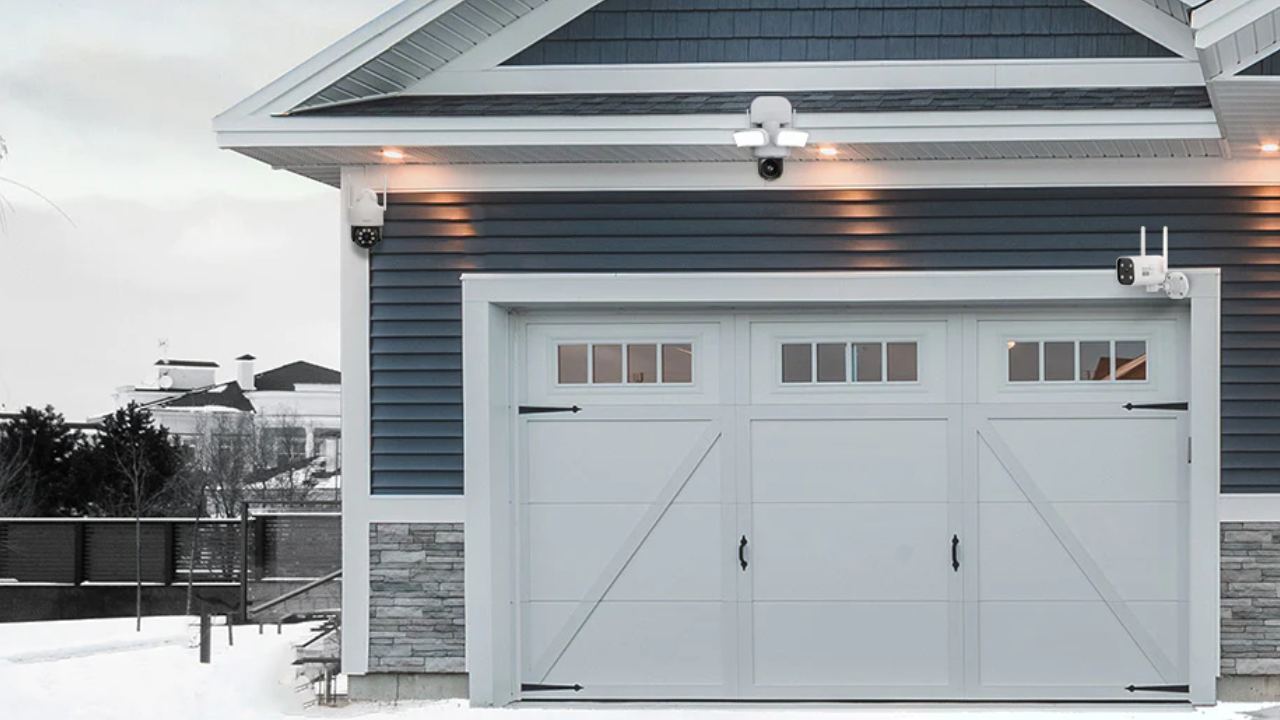In recent years, the addition of remote access capabilities to security camera systems has transformed how we monitor and operate video infrastructure. Remote access enables authorized users to see live video feeds, playback stored material, and alter camera settings from any location with an internet connection. This breakthrough has greatly improved the efficiency, adaptability, and efficacy of security monitoring operations in a variety of settings.
Remote access to security camera systems is critical in modern security operations for a variety of reasons. The remote access security camera system offers real-time monitoring and response to security incidents, allowing users to analyze circumstances quickly, notify authorities, and take necessary action if suspicious activity is found. Remote access allows for remote troubleshooting and maintenance, decreasing the requirement for onsite visits and minimizing downtime.
Requirements for Secure Remote Access to Security Camera Systems
In this article, we'll explore the requirements for establishing secure remote access to security camera systems.
Authentication Mechanisms
Robust authentication techniques are a crucial necessity for remote access. User credentials, such as usernames and passwords, are the initial layer of protection against unauthorized access. However, simply depending on passwords may not suffice. Implementing multi-factor authentication (MFA) increases security by forcing users to submit additional proof of identity, such as a one-time passcode texted to their mobile device or biometric authentication.
Encryption Protocols
To prevent eavesdropping and interception of sensitive information, data must be encrypted in transit. Strong encryption methods, such as transport layer surveillance (TLS) or safeguard shell, should be used to safeguard communication channels between remote devices and surveillance cameras. Encryption ensures that data transmitted between the user's device and the camera system remains private and cannot be decoded by unauthorized parties.
Secure Remote Access Gateway
Install a secure remote access gateway or VPN, to establish a secure connection between remote users and the internal network that houses the security camera system. VPNs provide encrypted tunnels across the internet that allow remote users to access internal network resources as if they were physically present. This helps prevent unauthorized access and guarantees that sensitive surveillance data is safeguarded during transit.
Access Control Policies
Implement access control policies that limit remote access to only authorized users. Define roles and permissions to control which users have access to particular cameras or system features. Role-based access control (RBAC) guarantees that users are provided just the privileges they need to complete their duties, lowering the risk of unauthorized activities or data breaches.
Audit Trails and Logging
Maintain extensive audit trails and recording mechanisms to monitor remote access activity. Record login attempts, access requests, and configuration changes made via remote access channels. Audit trails give visibility into who accessed the system, what actions were taken, and when they occurred, allowing for accountability and forensic investigation in the event of security events or breaches.
Network Segmentation
Segment the network to which the security camera system is linked to isolate it from other vital infrastructure and decrease the attack surface. Firewalls and network segmentation techniques can be used to separate remote access traffic, internal surveillance data, and other network resources. This helps to limit potential security breaches and lateral movement throughout the network.
Security Awareness Training
Educate remote users on security best practices, such as password hygiene, phishing awareness, and secure remote access procedures. Raise awareness about the risks of remote access and offer advice on how to configure and utilize remote access technologies securely. Regular training sessions and security awareness programs help users recognize and mitigate security threats more efficiently.
Physical Security Measures
Keep remote access devices and credentials secure from physical theft or unauthorized access. Protect laptops, mobile devices, and other remote access endpoints with strong passwords, biometric authentication, or encryption. In addition, employ steps such as remote device wiping or locking in the event of loss or theft to prevent unauthorized access to sensitive data.
Final Words
Secure remote access to security camera systems necessitates a comprehensive strategy that includes authentication, encryption, access control, monitoring, and user education. By adopting these standards, organizations may ensure that remote access stays secure, allowing authorized users to monitor and control surveillance systems while safeguarding against potential security threats and unauthorized access.

